| Spring has arrived! By nine o’clock, last night’s frost has melted to dew and a handful of clouds are dissolving under a vivid sun. We slip off the high street at Herstmonceux and out past the sports ground, noting the tiny purple buds in the lush grass, the scruffy young blue tits, the lime-green leaves unfurling like flowers in the hedges and a flurry of white blossoms in someone’s garden. Out over the fields we go, where friendly cows chew the cud and let me scratch their foreheads over the gate. Even the insects are sociable: a swarm of tiny beasts congregates above a pond, a conference of flies buzzes beneath a tree, and bumblebees patrol a bank of sweet-smelling primroses. We’re heading to the church, which lies almost two miles south of present-day Herstmonceux, marking the site of the medieval village. But we’re in no rush, so we sidetrack up pretty footpaths and charming little lanes on our way. In the churchyard, we stop for a cup of tea and soak in the wonderful view over the levels towards Hailsham and the haze-swaddled South Downs. Back on the trail, we pass Herstmonceux Castle. Some sources claim the name ‘Herstmonceux’ arose in the 12th century, when one Idonea de Herst married an Ingelram de Monceux - their manor became known as Herste of the Monceux and, eventually, Herstmonceux. In 1441, Sir Roger Fiennes obtained a license to crenellate the existing manor house. He chose what was then an expensive and luxurious building material for his castle, red brick. (Interesting trivia: Herstmonceux village was known as Gardner Street until it adopted the name of the castle.) A little further on, several observatory domes appear beside the path. They were built between 1947 and 1958 to replace the observatory in Greenwich when the smoke, smog and bright lights of London made it impossible to study the skies. Where most modern domes are painted white or silver to reflect heat away, these were clad in copper sheet and encouraged to weather to green in order to help them blend in with the surrounding countryside. Whether the intended effect has been achieved is debatable, but It is now a heritage listed monument! The Royal Greenwich Observatory closed in 1990 and the buildings and their telescopes are now part of The Observatory Science Centre. We pass through a wood carpeted in the distinctive leaves of bluebells - somewhere to return in a couple of weeks when the flowers come out - and emerge to rolling green fields and bright sunshine. We throw ourselves gleefully on the ground and spend half an hour basking in the sun, watching buzzards wheel overhead, listening to jackdaws chatter in the huge old oaks and dreaming up a summer of endless days like this. It doesn’t take long to climb up to Windmill Hill where the eponymous windmill is missing its sails (or sweeps, as they’re known in Sussex). The windmill has recently received £80,800 from the Heritage Lottery Fund for restoration work, so perhaps they are off being restored. We take the path across the fields through Chapel Row and back to Herstmonceux. Out in the fields, we find a spot with a 360 degree view taking in the villages, the Levels and the Downs, the church spire, the big observatory dome and the windmill - a perfect recap of a perfect walk on a perfect morning. A shorter version of this article first appeared as "Herstmonceux with a Spring in my step" in the Battle Observer, Friday 12 April 2015, page 77. |
|
Back in early April, we went on a beautiful walk around Herstmonceux, East Sussex. I wrote it up for my regular column in the Battle Observer and now it's time to share the walk with you here.
0 Comments
Our May entry for Alastair Humphreys' Year of Microadventure was our warmest night out so far this year! One sunny evening, we went down to the bluebell wood. We wandered along wide gravel paths, between tall trees, beneath new spring leaves . . . . . . until we came to the other side. We lay down among the bluebells, listening to owls and the chimes of a distant church. We stared at the sky until the stars came out and we fell asleep. The next morning, we woke to the dawn chorus. Mist tumbled up over the fields, leaving a dew drop on each blade of grass . . . . . . but it didn’t reach us, snug in our bivvies. The sun rose . . . . . . drenching the fields and woods in syrupy light. The bluebells glowed magenta. It was magical. Beautiful. We broke camp . . . . . . leaving no trace but a dimple in the fallen leaves . . . . . . and found a bench overlooking the fields. We watched the morning unfold as we made tea and breakfast. What a beautiful view. How lucky we are to be here. Soon it was time to go back down through the woods, and home. Read about our previous entries in the 2015 Year of Microadventure - January, February, March and April. This microadventure cost about £1.46 for two of us, including food, drink and petrol. Hastings Children’s Library manager Pauline Crouch has retired after 40 years’ service. I spoke to her about her decades of experience and plans for the future.
Forty years of change: fun, filing and fundingSo, what’s changed over the years? For a start, Pauline has noticed a dramatic shift in the reading habits of her young customers. “Reading used to be one of their main sources of entertainment, but now there are so many other things to do.” Children also demand more from story time. “Someone sitting on a chair reading a pile of picture books doesn’t cut it any more,” she smiles. “That’s why I was always trying to include other activities, games, crafts - something to catch their attention.” But children still come to the library, and Pauline believes that one thing has remained constant: everyone loves a good story. Library work has also changed considerably since the 1970s. Back then, the Children’s Library didn’t open until after school hours. “People often wonder what I did during the day, but you have to remember that everything was done manually back then,” Pauline explains. “Placing reservations was time consuming and keeping the catalogue up to date was a laborious task. Each book had its own numbered card and it all had to be filed - accurately! - by hand. If one card was out of place it took hours of searching customers’ tickets to sort out the mistake.” When the first computer system arrived, staff spent days sticking barcodes into books. At the end of each day, lending data was recorded onto a spool of tape and sent off to the main computer, which Pauline recalls “looked like a big washing machine.” Funding levels for the library have dipped and peaked over the last few decades, too. “There have been good times with plenty of funding to promote reading to children of different ages,” Pauline tells me. Hastings Children’s Library has also been fortunate to have a separate location since 1979, which has meant more space and flexibility for activities. “But with every tough time, we’ve had to reduce activities and services,” notes Pauline. “And I’ve never witnessed it as bad as it is now.” Are the current restructures and cuts one of the reasons she’s leaving? “The honest truth is that I probably wouldn’t have retired quite this early had the situation not been changing at work,” Pauline tells me. “But the job brought me a lot of satisfaction and pleasure and now I am about to embark on another adventure.” A new chapter, a new adventureFor Pauline, this adventure includes time painting in the little studio at the bottom of her garden. She cites Helen Oxenbury, Michael Foreman, Inga Moore and Barbara Firth as influences, and she hangs Quentin Blake illustrations on her walls. Pauline is also inspired by the natural landscape, getting out for long walks around Hastings and the “truly wild” places of the Peak District and Yorkshire when she can. Her pencil and watercolour illustrations appear in Glenda Quinnell’s The Tooth Recycler, as well as Pauline’s own Find and Seek Trails, a series of Hastings walks with clues and puzzles for children to solve. She is typically modest about her publications, but they have been popular among customers. Her sweet pictures of mice are also much-loved by her friends and colleagues, who hope she can find a publisher for them. Pauline also has plans for art shows, craft projects and charity events. But the Hastings Children’s Library will always hold a special place in her heart. Pauline still remembers the shiver of excitement she felt when she first picked up The Snowman by Raymond Briggs back in 1978. “At that moment I just knew that sharing the love of stories and illustrations with children, being able to encourage them to read for pleasure and introducing them to new authors and illustrators was what I wanted to do. Imagination fuels discovery, invention and creativity. That’s why the library service is so vital. It’s not just about the books, but the expertise, the encouragement, the enthusiasm you find there.” Indeed, I think. These are qualities Pauline has in abundance. I ask Pauline if she has a message for all the people she’s inspired over the years. “Where did all the time go and how can I possibly be old enough to even contemplate it?” she says. “Thank you to everyone, staff and customers, who have made my almost forty years at the Children’s Library so wonderful. I hope I have instilled a passion for stories in several generations of children. Keep reading, everyone!” Addendum, November 2018: Sadly, Pauline died this month. She will be missed. Thank you to Pauline for sharing her story! A shorter version of this article titled "New chapter for librarian Pauline" first appeared in Hastings Independent, Issue 29, 1 May 2015, page 11. Better late than never! People who have signed up/been press-ganged to this challenge have already had an email about the microadventure theme for May, but it's about time it went up online, too. (If you want to get the early scoop on these things, get in touch and I can add your email to the list.) 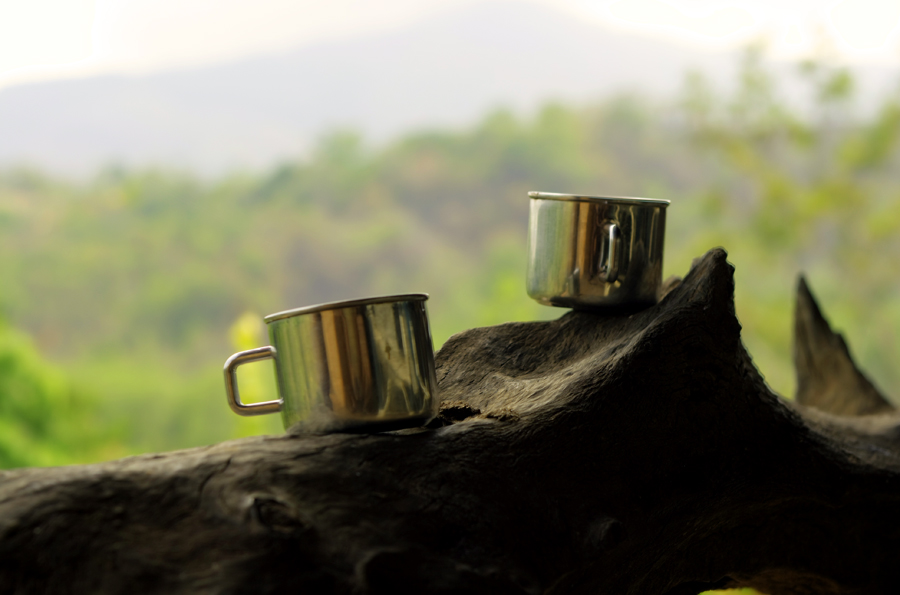 "Break for Tea" (cc) Rishi S ... Take a portable camp stove out into nature and cook your lunch. Lunchtime microadventuresThis month’s challenge (chosen by me!) is to go on a lunchtime microadventure. A few suggestions:
 "The Shard from Tower Bridge" (cc) Loco Steve ... What's the view like from the tallest building in your city? April microadventure round-upA big thank you to Steph for setting April's railway themed challenge and for collating the April microadventure round-up. Click through for tales of walking, cycling, geocaching, snorkelling and hot springs! 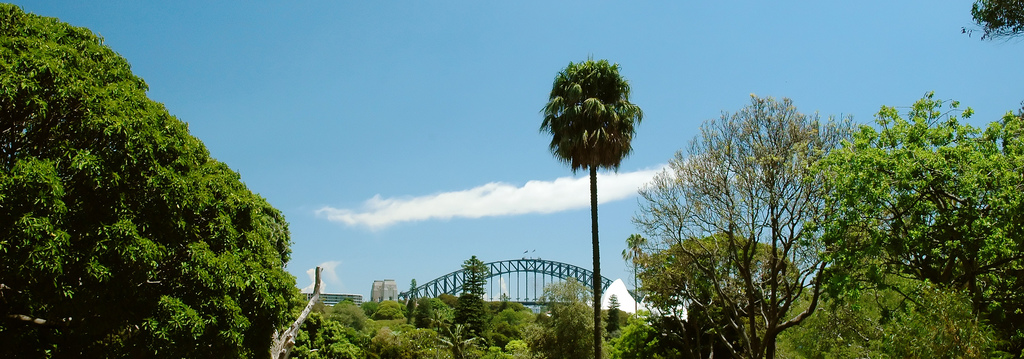 "Botanic Gardens and Sydney Harbour Bridge" (cc) J C ... Meet a friend for a picnic in the park. Have you got a great idea for a microadventure challenge? Let me know! We try to make them accessible and flexible so most people can manage them. You can read previous round-ups here: January, February and March.
|
In which IIn which I do things and write about them In which I tag
All
In which I archive
July 2022
|
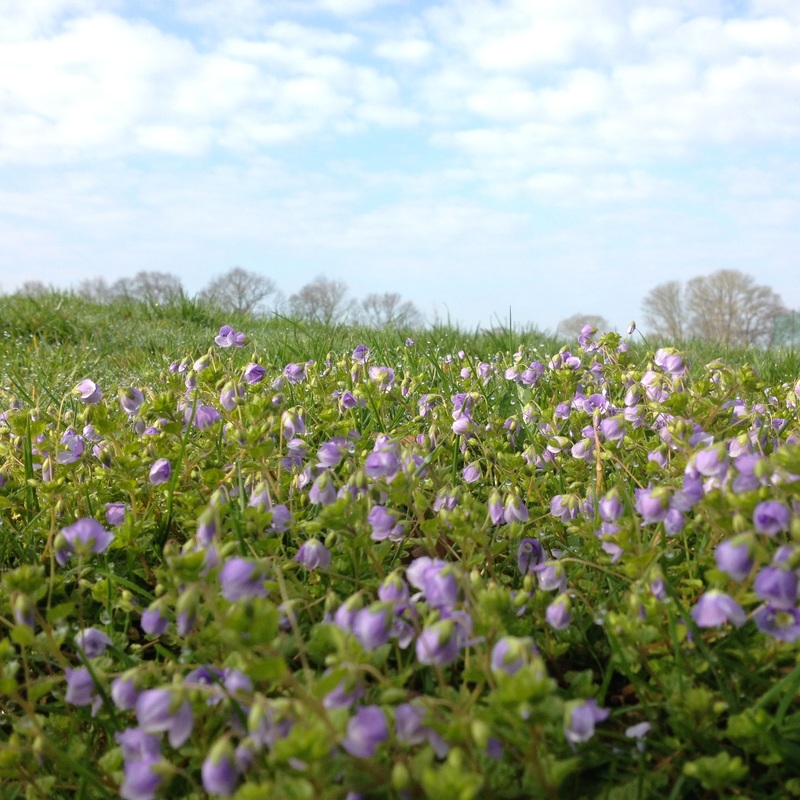
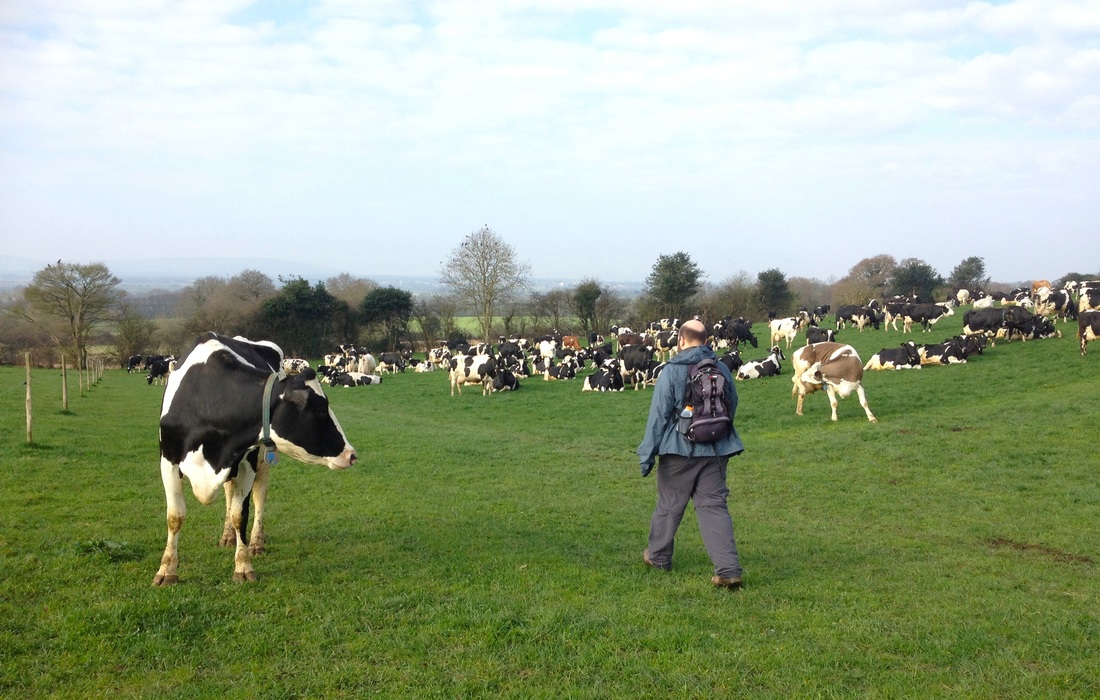



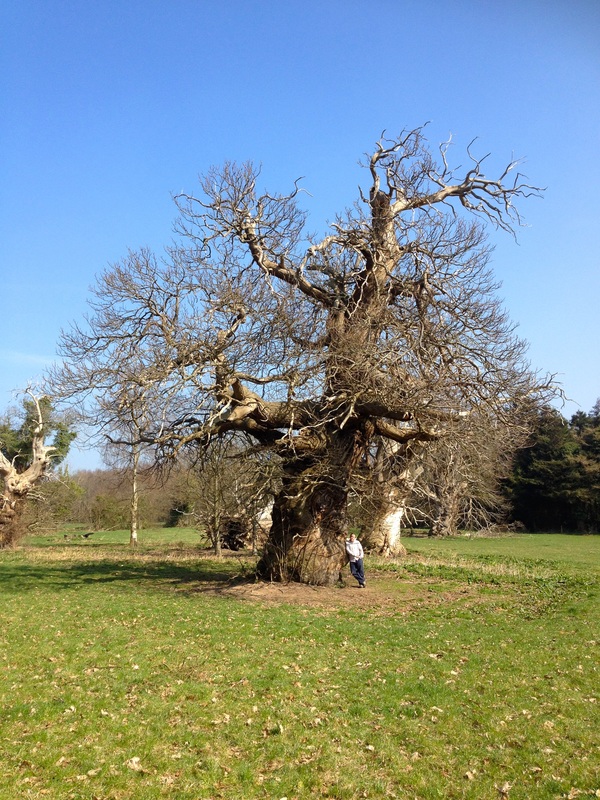
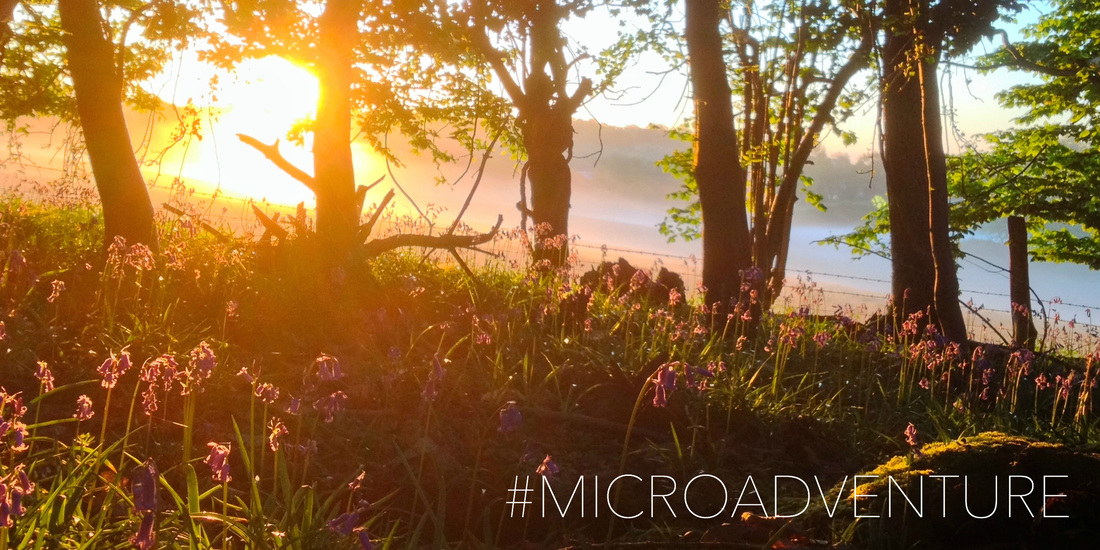
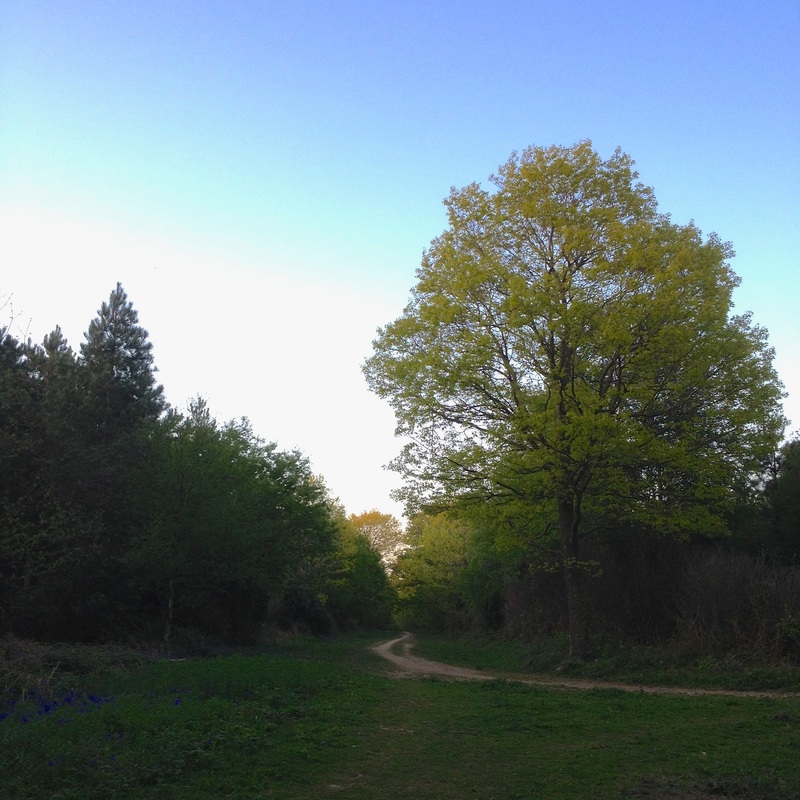
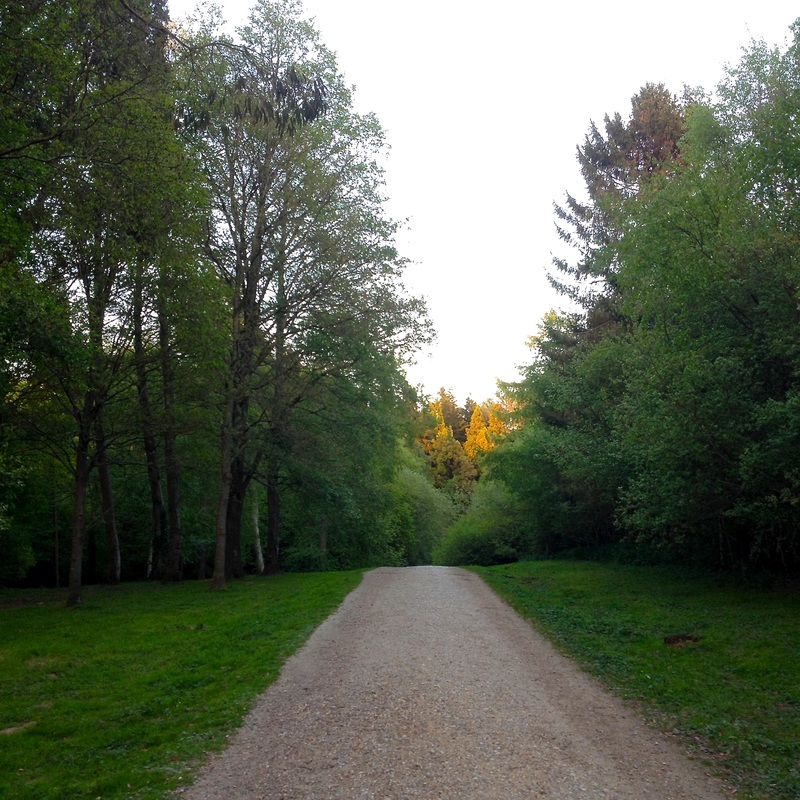
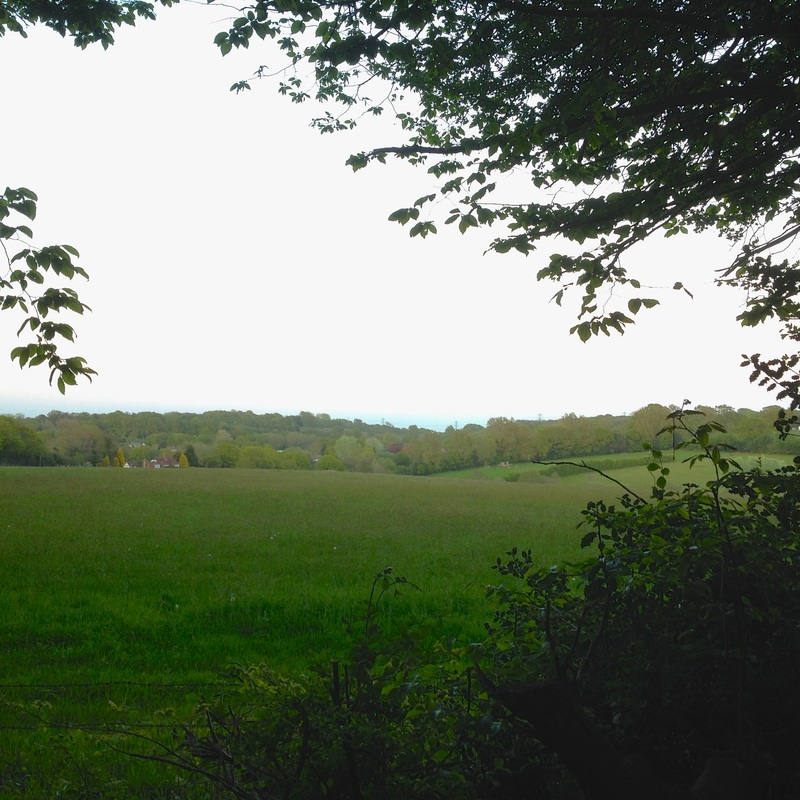
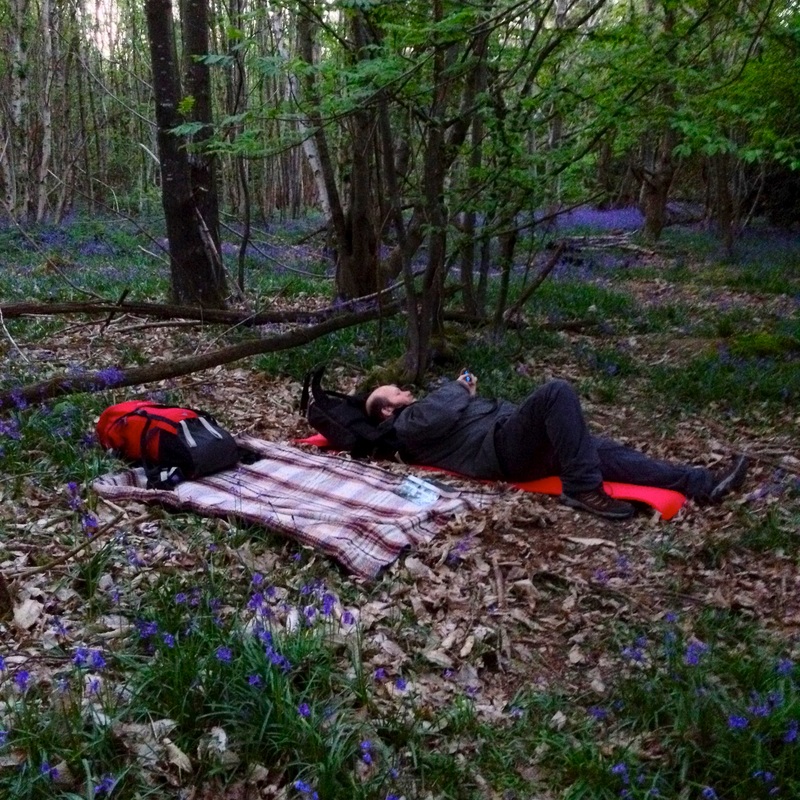
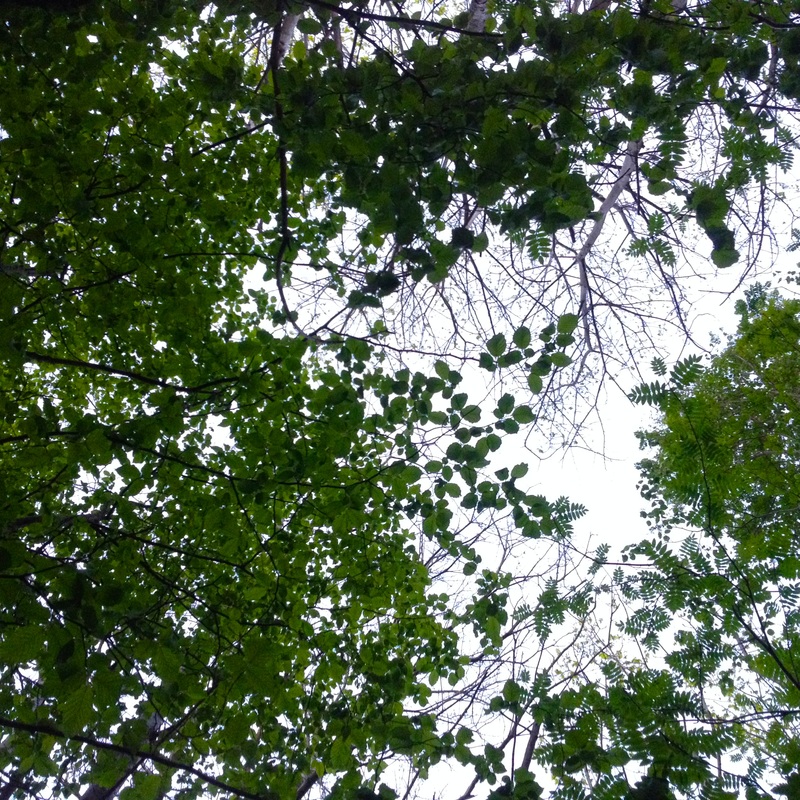
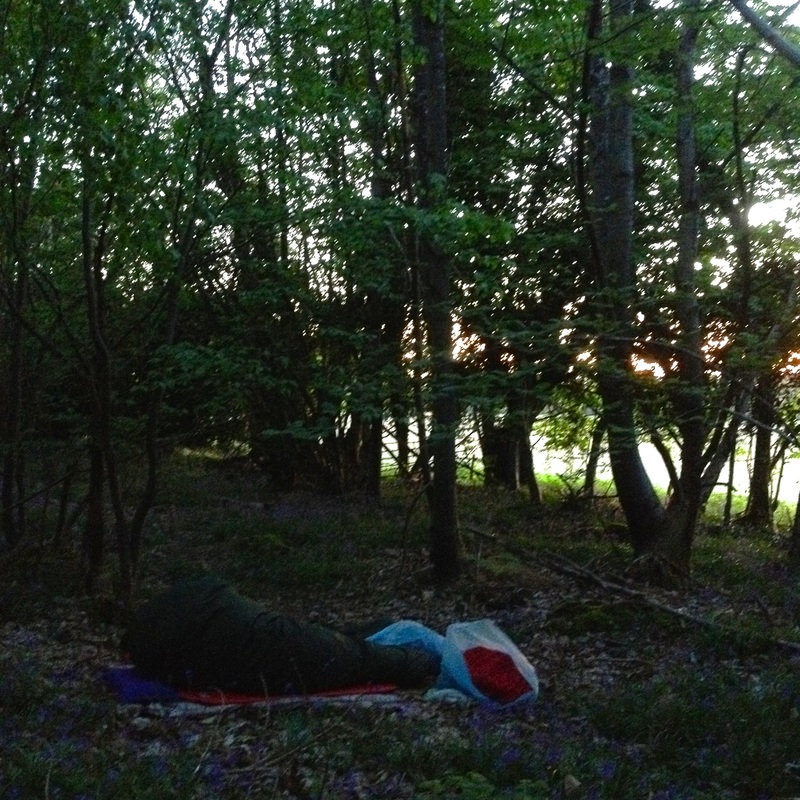

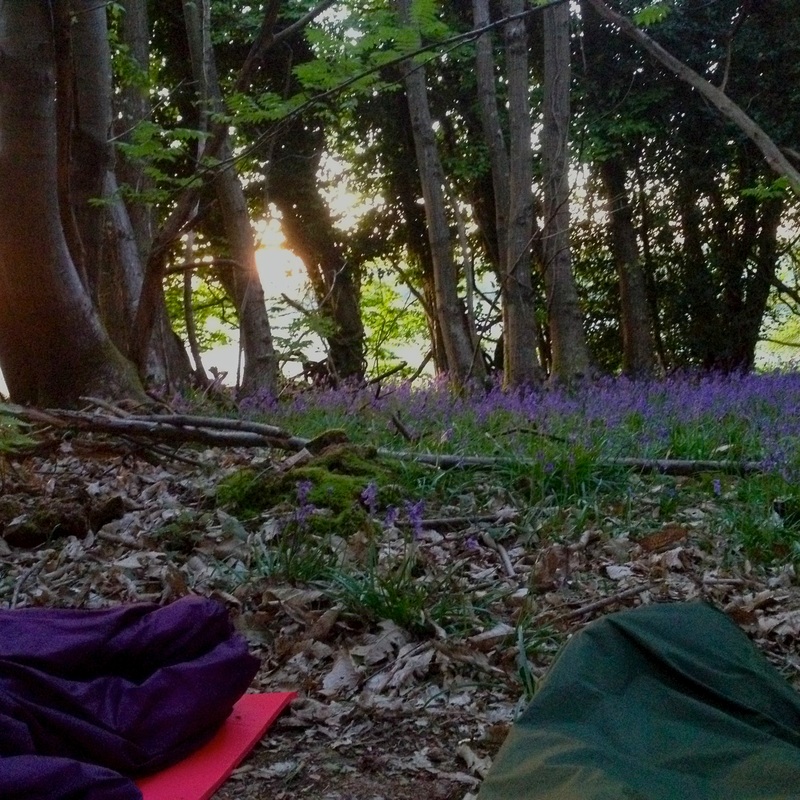
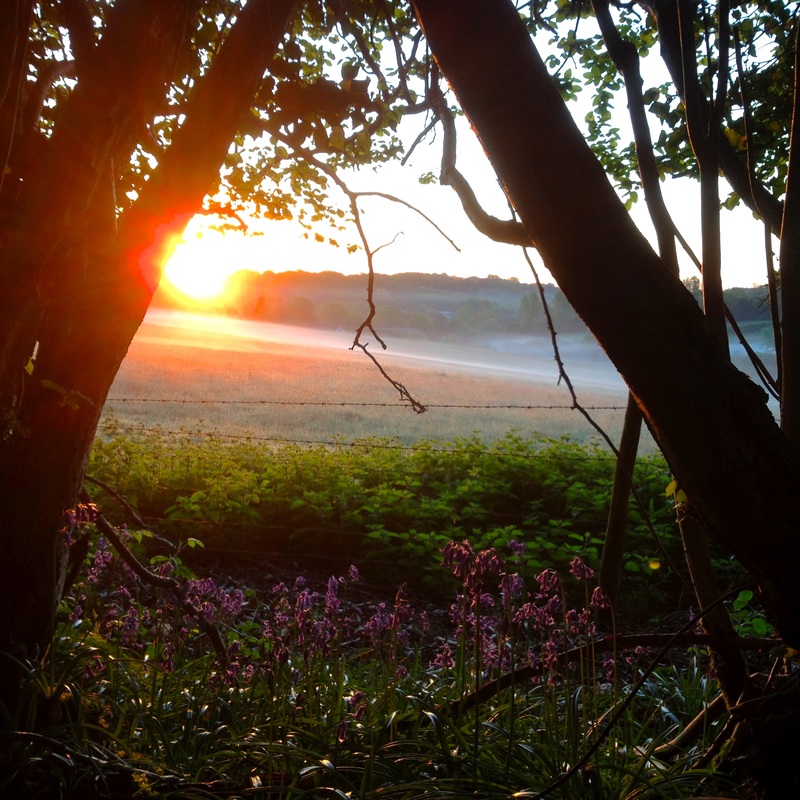
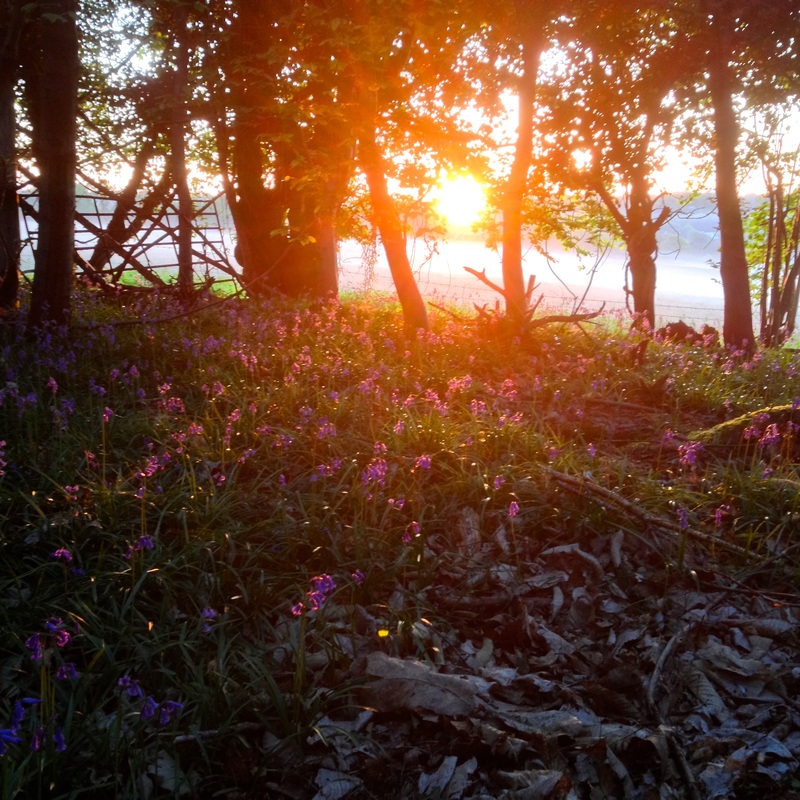
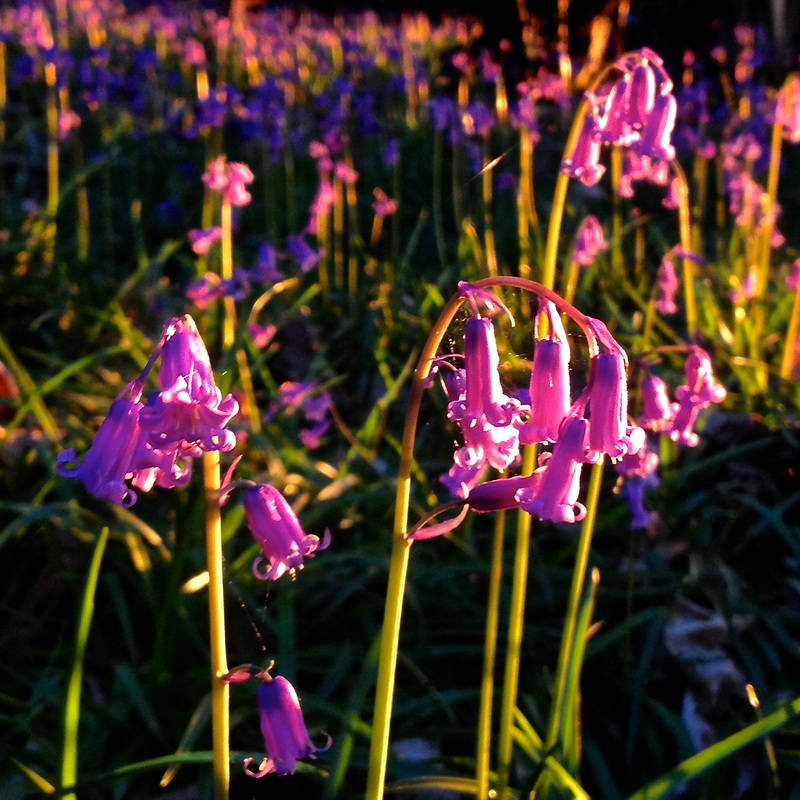
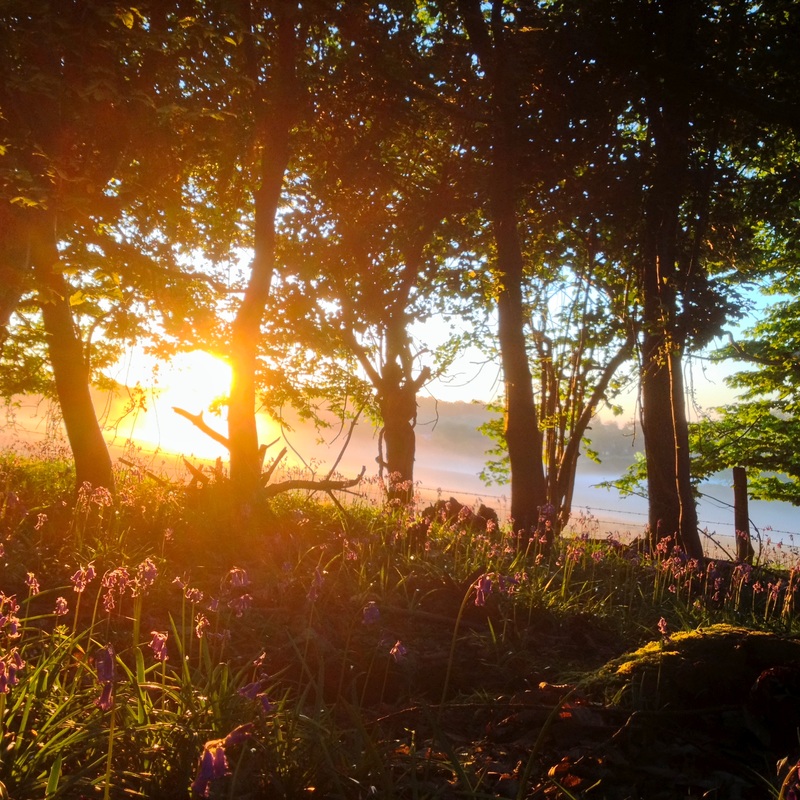
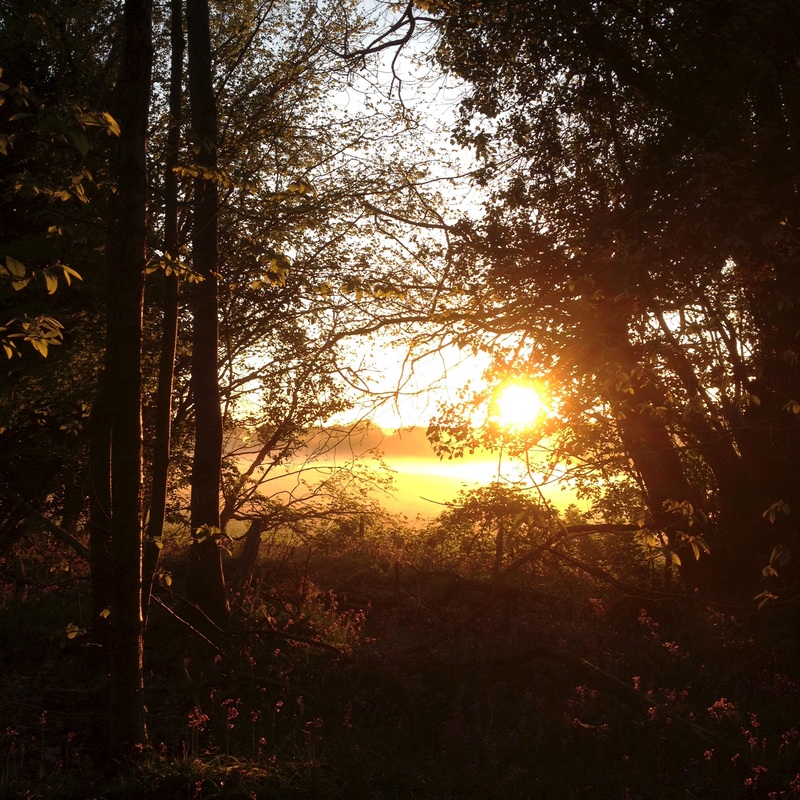
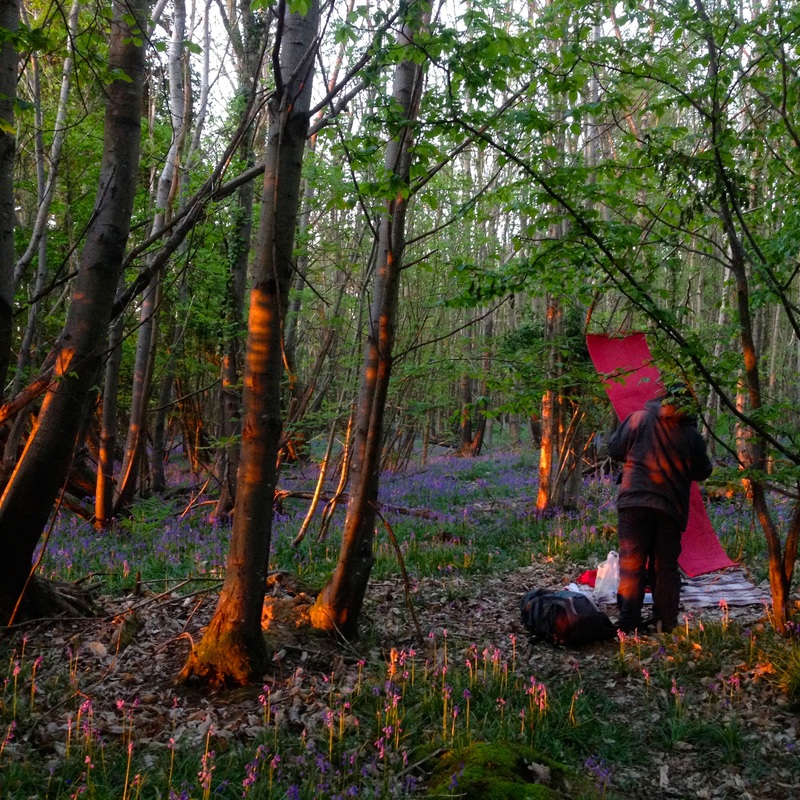
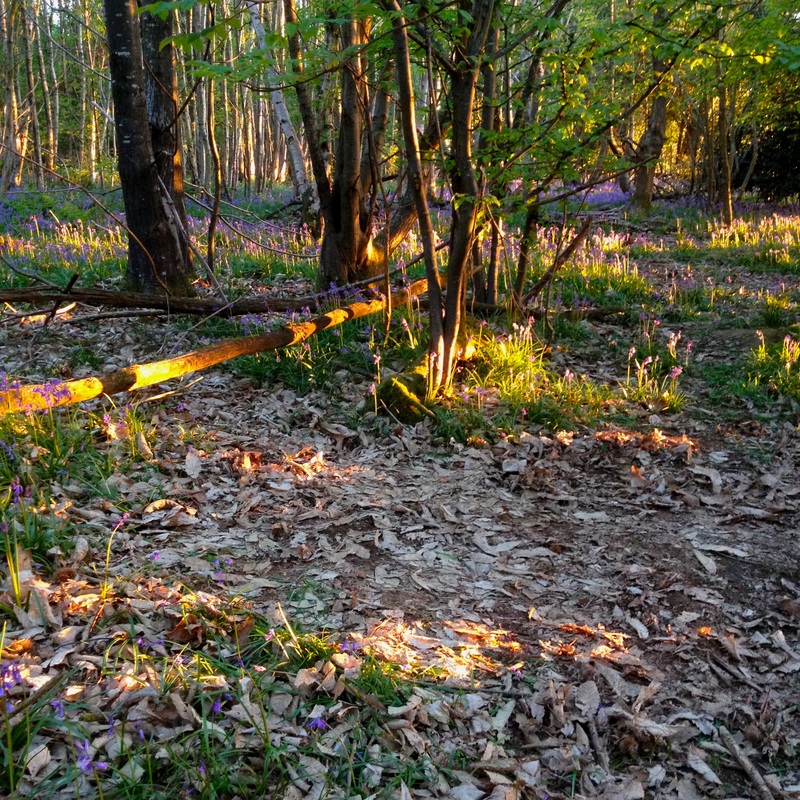
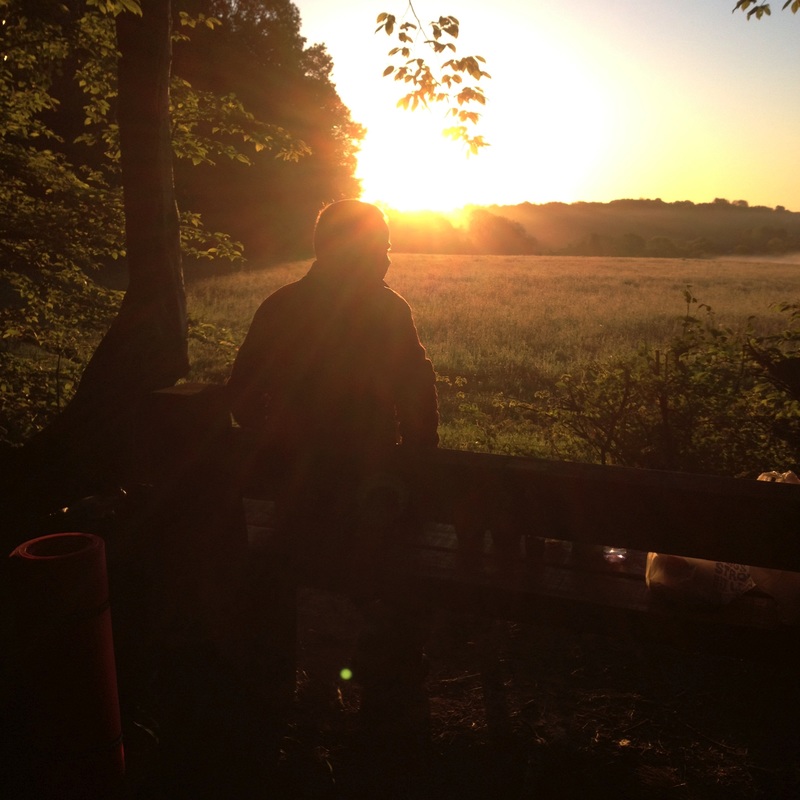

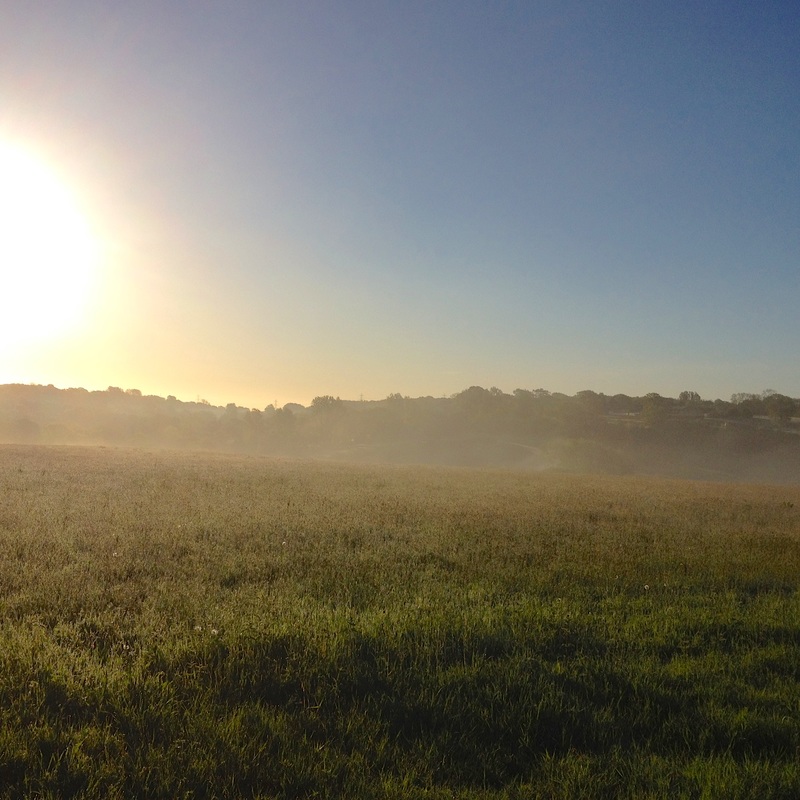
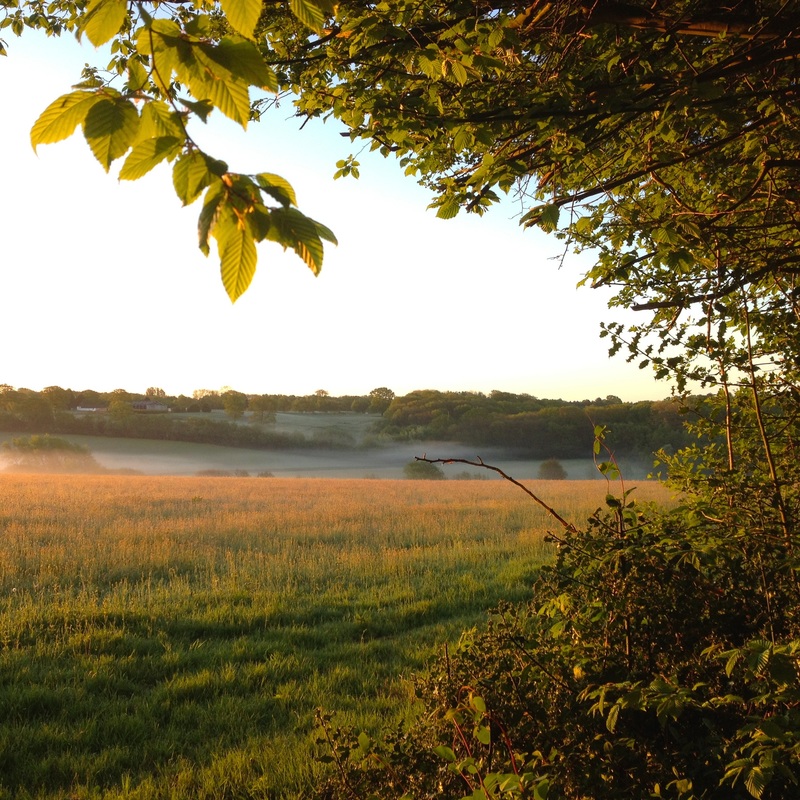
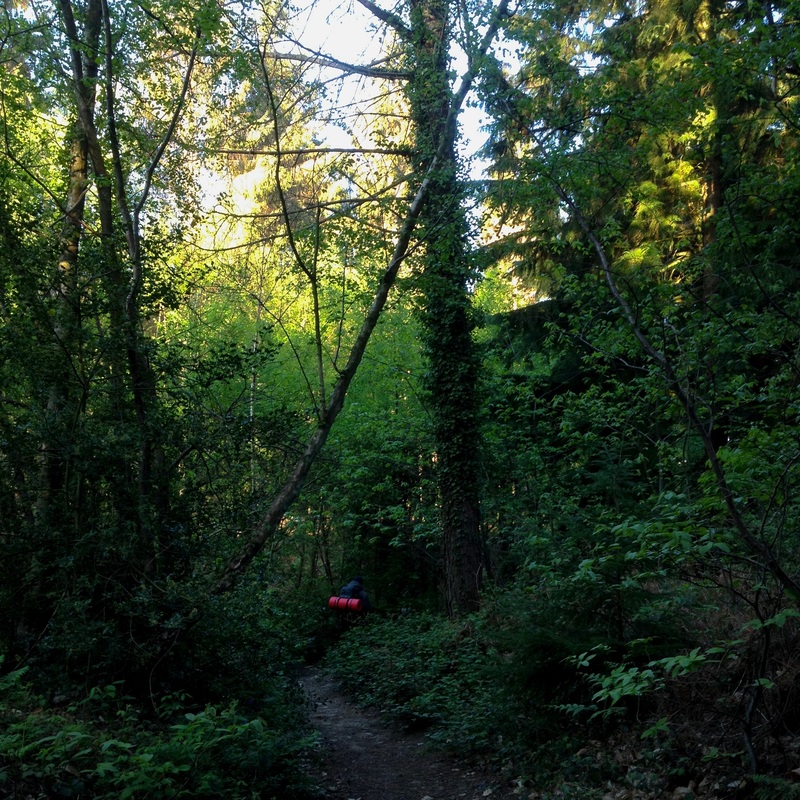
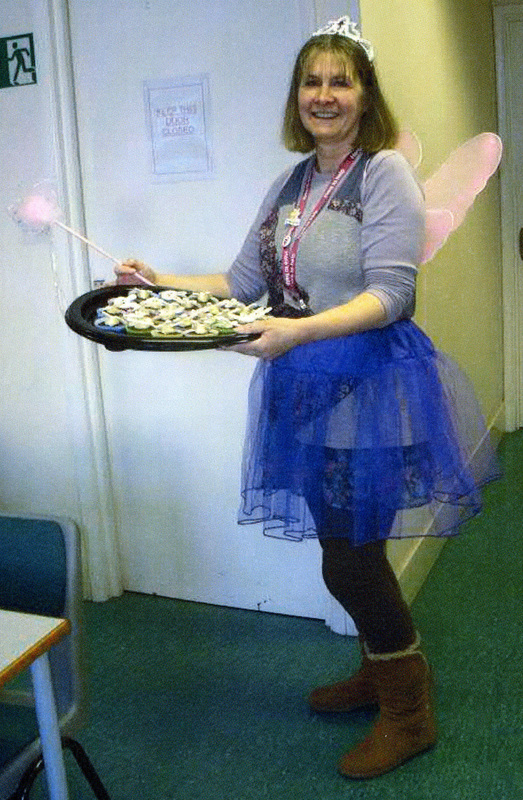
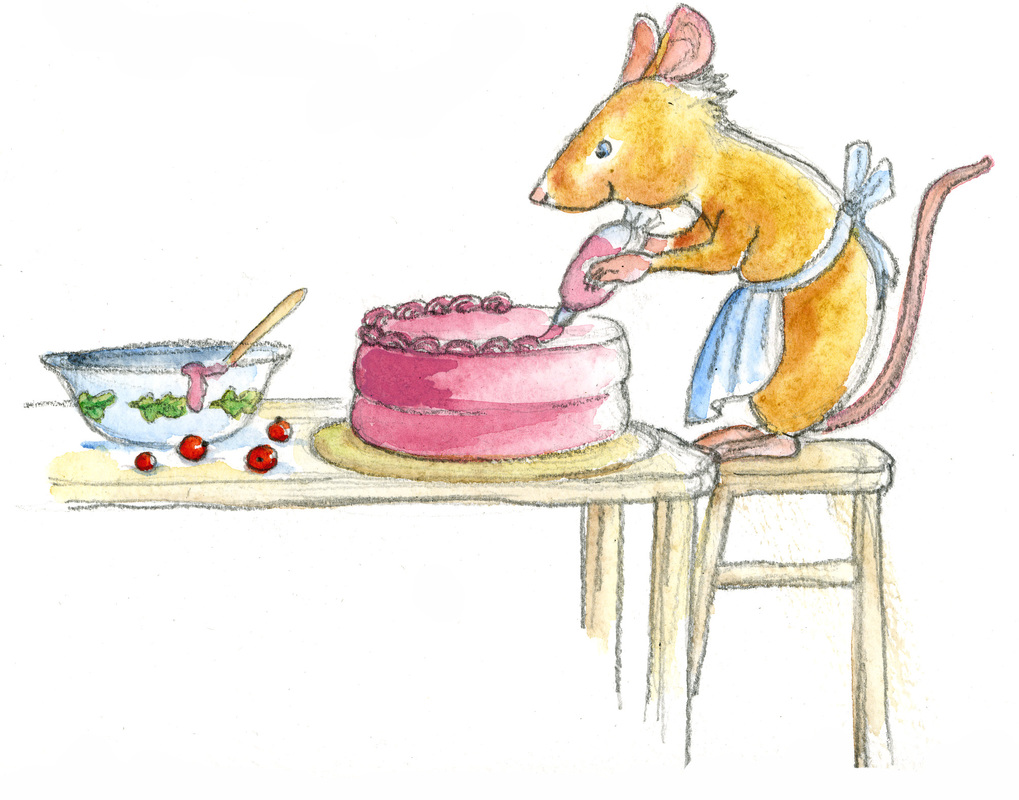
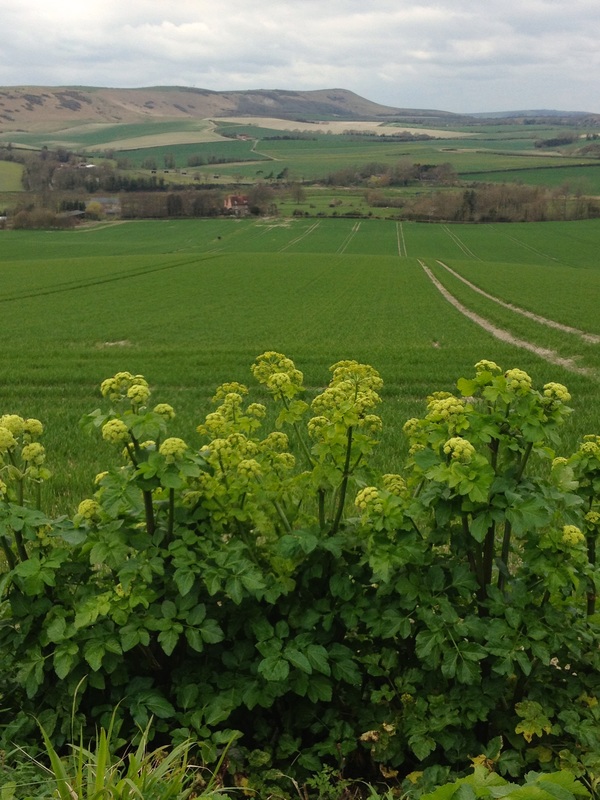
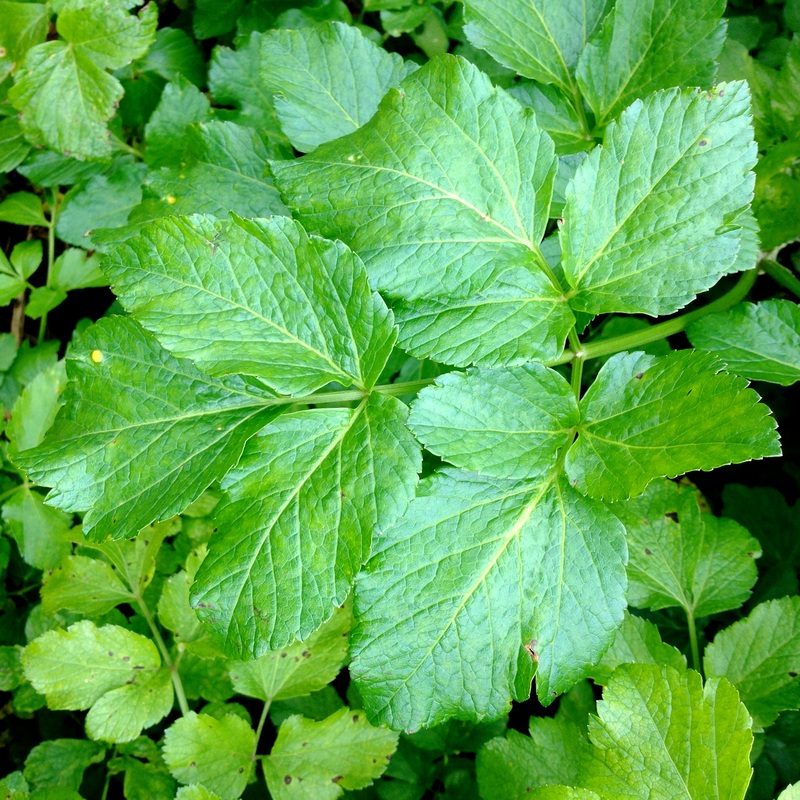
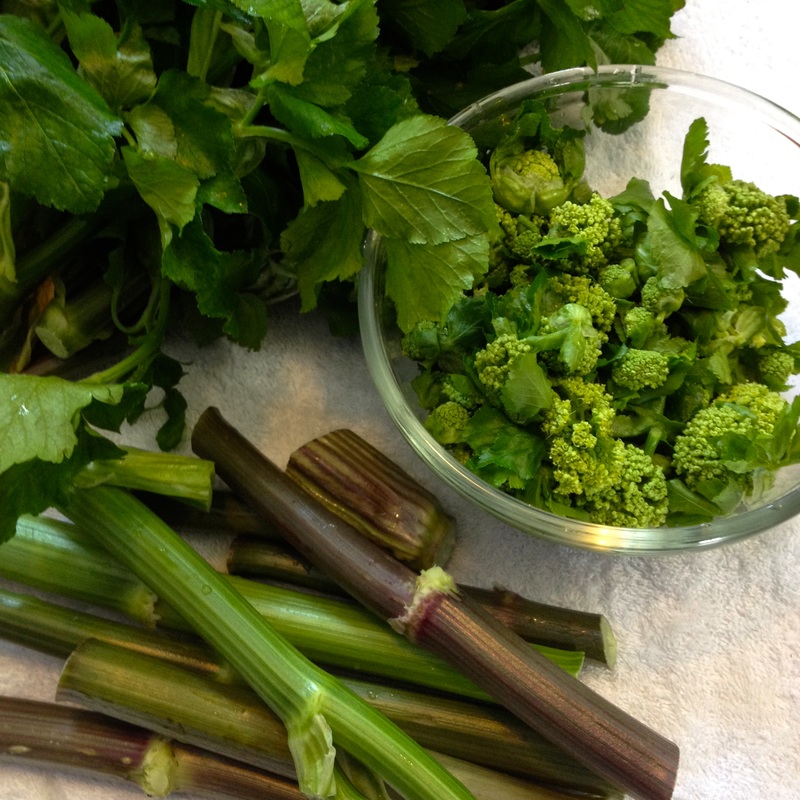
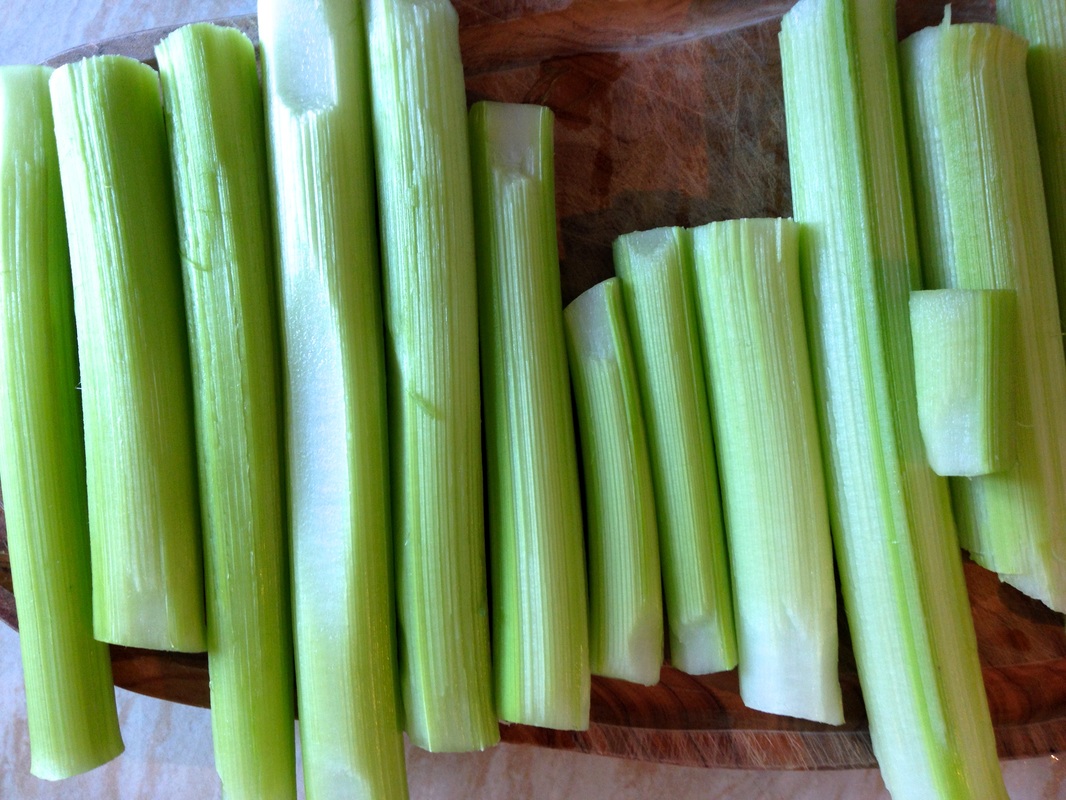
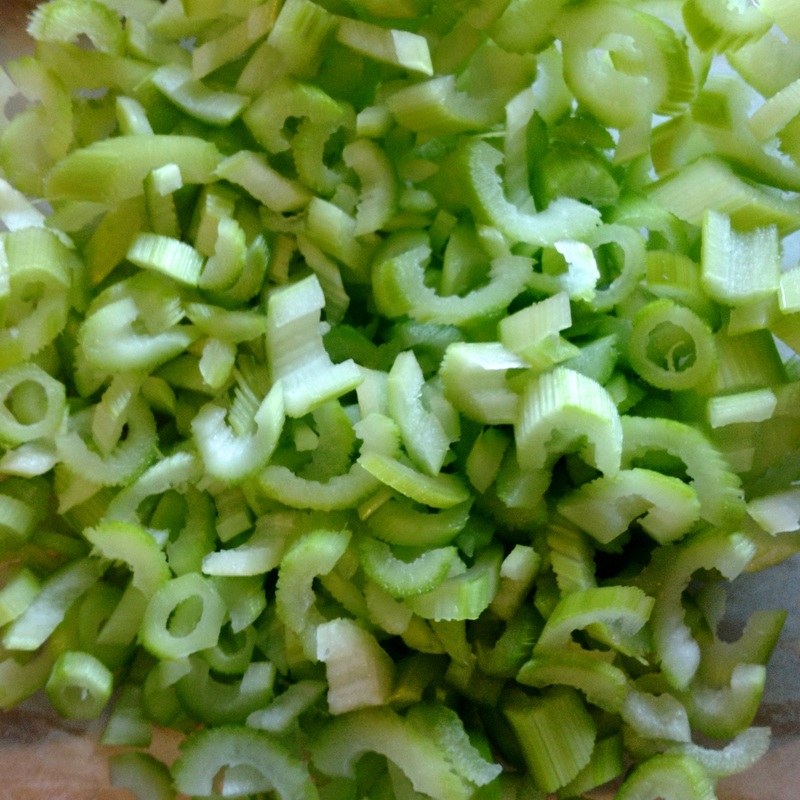
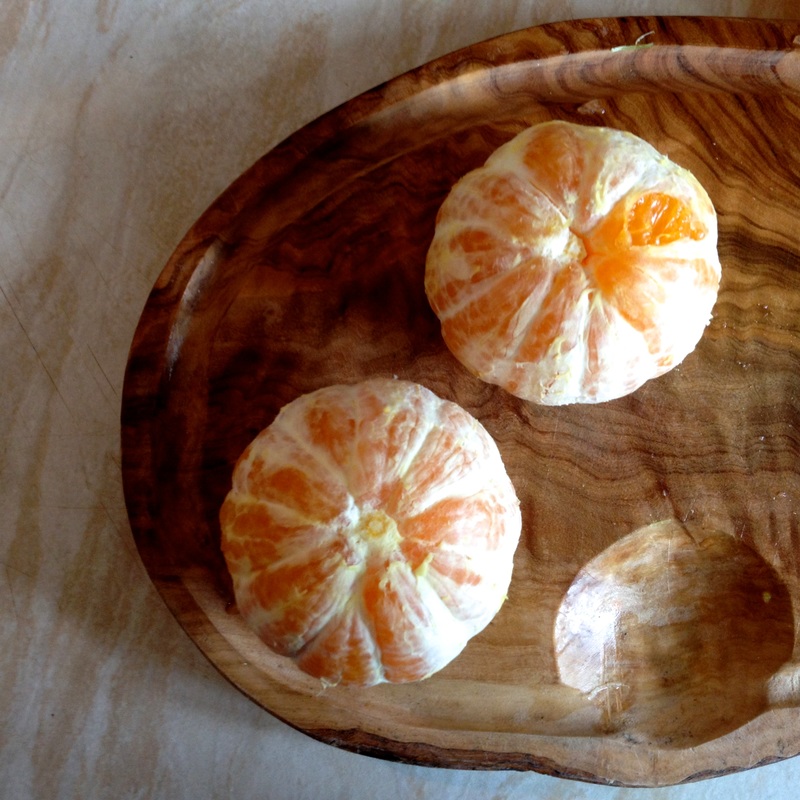
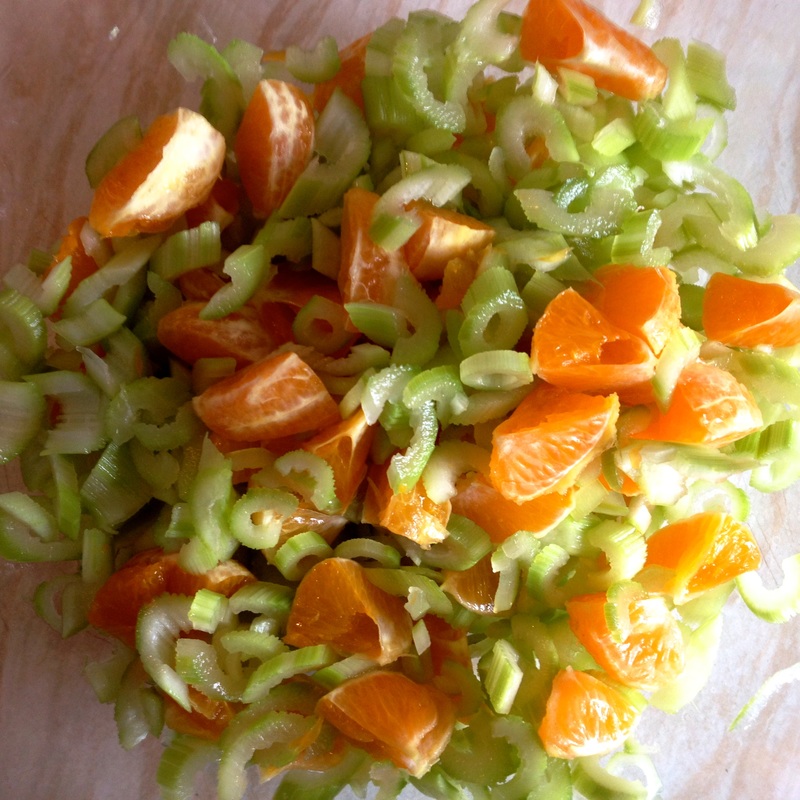
 RSS Feed
RSS Feed
